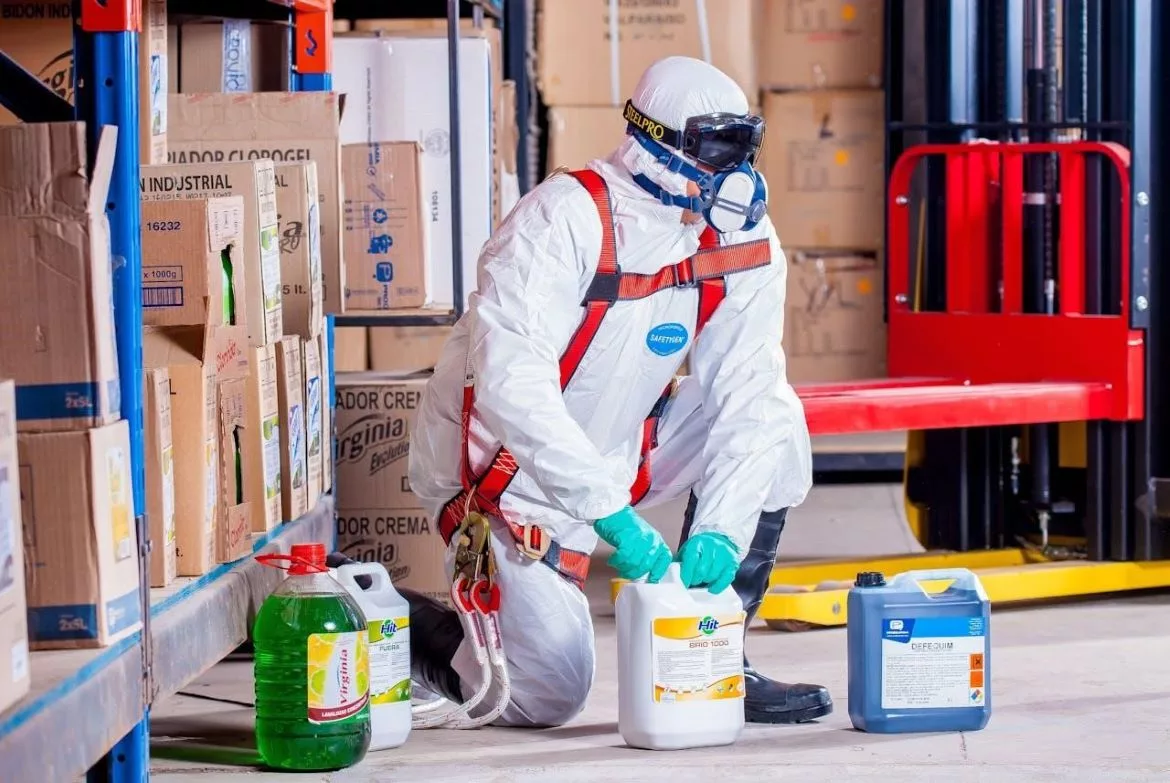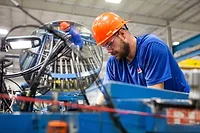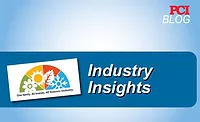Implementing Safety Measures in Paint and Coatings Production

Image courtesy of Pixels.
Paint and coatings production is an intricate business. Thankfully, skilled professionals and solid equipment can help keep operations productive. Unfortunately, the components that make for a dynamic manufacturing environment can also present significant hazards.
Taking the time to implement effective safety measures in paint and coatings production is not just a legal duty. It’s also an ethical imperative that show workers you care about their welfare. Not to mention that fewer accidents tend to maximize productivity and efficiency.
So, what safety measures are important areas to focus on? Let’s take a closer look.
Minimizing Chemical Exposure
One of the most significant hazards in paint and coatings production is exposure to chemicals. Certainly, the types of chemicals being used can depend on the paint but can range from acetone, used as a thinning agent, to isopropyl alcohol. Given that there were more than 270 hazardous chemical incidents in 2023, there’s an imperative to minimize harmful exposure with robust measures.
Responsible Storage
Chemicals can be problematic in storage. Adopting and communicating safety protocols for storing chemicals must form part of your strategy. This should include:
- Ensuring pressurized containers, such as spray canisters for paint or cleansers, are not left in areas prone to dampness that leads to rust deterioration.
- Keeping the storage area well-organized. Stack items to prevent containers from falling, and label each product clearly so workers know what precautions to take when handling each.
Your workers should also be aware of your storage protocols, go through regular training, and perform inspections on the space a few times a year.
Respirator and Eye Protection Usage
The primary risks of chemicals are eye contact and inhalation. Paint that contains benzene can present a risk of cancer when breathed in. While the eye risks are not just caused by inadvertent splashes, vapors from solvents can also cause irritation and damage. As a result, you should adopt protocols that include:
- Providing respirators and eye protection for all workers in areas that have chemical fumes. These must be inspected between uses and updated regularly. If practical, consider investing in smart personal protective equipment (PPE) that monitors air quality levels and issues warnings when toxicity rises or PPE components start to fail.
- Posting clear signage at the entrance to each production area warning of the chemical risks and the PPE to use.
Visitors to the facility should also be verbally advised of this for clarity and supervised in donning the correct PPE.
Preventing Machine Accidents
Another prevalent risk for paint and coatings production facilities is the potential for accidents related to machines. You might have a variety of machines on your production floor, including manual powder-feeding tools that introduce pigments to liquid materials. If you have particularly viscous paints, your floor might be populated with heavy-duty coaxial mixers. While these are great for productivity, poor handling can lead to injuries or worse.
Some of the safety measures to consider to prevent accidents include:
- Automating wherever possible: Among the first considerations for machine safety is whether the human element is necessary at all, at least in close proximity to machines. The more distance you can create between workers and machines, the better you can prevent incidents. There is an increasing number of paint and coatings manufacturing tools that have automated options, including the aforementioned powder feeding. If automation isn’t practical, explore remotely operated options.
- Prioritize machines with foolproof designs: There are some aspects of paint manufacturing where you may want human skill sets to be present. This could be quality control or mixing bespoke pigments. In these instances, prioritize purchasing manufacturing machines that have foolproof operation designs. This ensures it’s difficult to make mistakes that lead to accidents.
- Provide frequent guidance for operation: You can further close gaps in machine injury potential by bolstering your foolproof machines with clear and regular guidance on safe operations. This should include supervised initial and update training. There should also be highly visual and simple instructions for safe use displayed alongside the machine. As a result, workers are less likely to be uncertain and make errors.
There will, of course, be times when machining accidents can’t be entirely prevented. As a result, each station in your paint and coatings production line should have first-aid practitioners with relevant knowledge, such as being trained in CPR. Being CPR certified offers several benefits, including building confidence and allowing them to train other people.
However, it’s also important to make certain each department’s first aiders are aware of techniques that address the types of injuries most common for each machine. For instance, if powder feeders lead to ejecting matter that impacts workers' eyes, first aiders should receive specific training on guiding colleagues safely to an eye wash station and flushing the eyes with clean water.
Keeping an Open Dialog
There’s only so much you can do by setting safety protocols and tools for your paint and coatings manufacturing workers to use. One of the most powerful safety measures you can implement is keeping an open dialog with your employees about hazards and solutions. Making hazard prevention more collaborative helps workers gain greater ownership over their safety measures, and perhaps results in greater engagement.
Hold All-Hands Meetings Within Departments
Every staff member in each department of your business has nuanced insights into safety. They interact with your tools and processes every day and have perspectives that executive-level workers may not. Therefore, regularly holding all-hands safety meetings to discuss issues, identify current risks, and ideate solutions tend to be beneficial for everyone involved.
Make Safety Part of Everyday Conversations
Safety discussions shouldn’t just occur in structured circumstances, such as meetings or incident debriefs. Hazards are an everyday concern, so conversations about them should be encouraged regularly. Make it clear that factory-floor workers can approach supervisors and executives to raise queries or make suggestions about safety.
Managers should also check in with workers throughout the day to discuss their wellness, stress levels, and ideas for improvements. This makes safety a more natural part of your operations rather than something that has to be scheduled.
Conclusion
Implementing safety measures that are relevant to paint and coatings production helps to keep workers safe and operations productive. This involves everything from reducing chemical exposure, to simply keeping employees involved with creating protocols. Remember, though, that the hazards of paint and coatings will change as new technology is introduced, new hires are on boarded, and even new products are introduced. Regularly assess your measures to ensure these remain relevant and impactful.
Looking for a reprint of this article?
From high-res PDFs to custom plaques, order your copy today!







